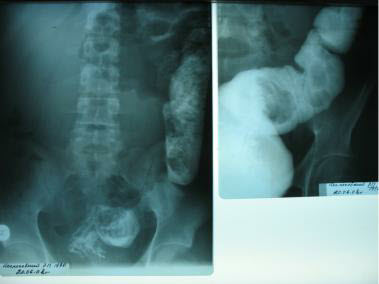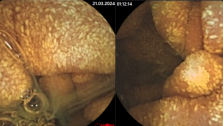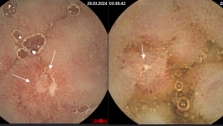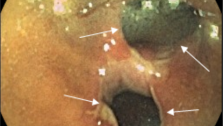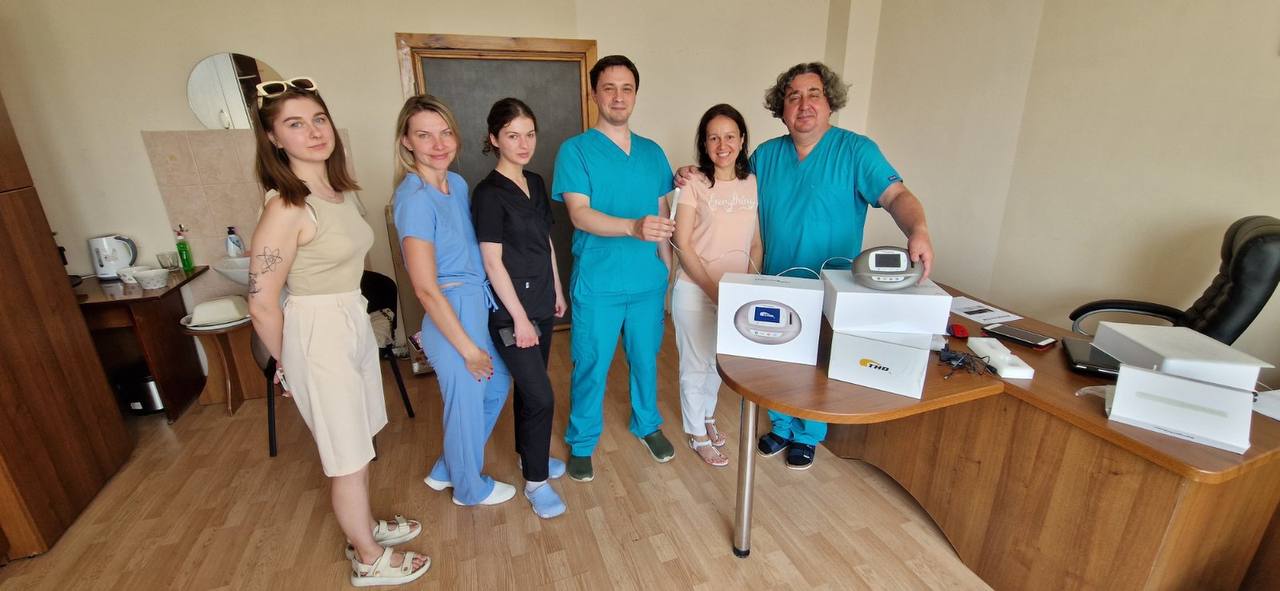Treatment of chronic constipation
Now constipation is one of the most common conditions that bring a patient to see a physician in al the world.
For example, 2.5 million people with constipation (1.2% in the general population) visit each year doctors and even more numbers try to solve this problem by themselves using laxatives. The magnitude of the problem is further illustrated by the 400 million spend on laxatives annually.
What is constipation?
Constipation is not separate disease. There is symptom of many illnesses.
The features of constipation:
- fewer then one bowel movement per day (previously, from three bowel movements per week to three bowel movements per day were treated as a norm, but now this criteria was changed)
- straining more then 25% of the time
- incomplete evaluation more then 25% of the time
- hard pellet-like stools more then 25% of the time
The presence two and more features is treated as constipation.
Mostly the reason of constipation is one of the bowel deceases but sometimes it can be the symptome of extracolonic decease (much rarer). There are the most common extracolonic diseases that can be the reasons of constipation: diabetes, hypothyrioidism, peripheral and central neurological disorders.
Pregnancy and some medications (analgesics, antispasmodics, antidepressants, antiparkinsonian drugs and opiates) can be the reason of constipation. However, the majority of them are related with bowel disorder. Consequently, there can be structural (big polyps and colorectal cancer, Hirschsprung`s disease, Cron’s disease, different ethiology- strictures, rectocele) or functional cause (slow transit constipation) when structural pathology was not found.
Any way constipation should be the reason to visit a doctor. It’s a bed habit to live with constipation. First of all should be examined by doctor to exclude such series disease as rectal cancer, Cron’s disease, Hirschsprung`s disease ecc. If one of these diseases was found treatment should be started immediately and resolute of this therapy largely depends on well-timed detection.
If structural pathology was excluded (most of constipations are functional) there is necessary carry out conservative treatment. In our proctology department of Kiev region clinical hospital (KRCH) were approved original high-effective algorithms of the treatments of functional constipations.
If functional constipation is not treated, it can become the reason of some disease: hemorrhoids, anal fissure, anal fistula and anorectal abscess ecc., which worsen patient condition. Our results of treatment of patients with slow colon transit constipation
We treated 47 patients with slow colon transit constipation
The algorithm includes procedures of hydrocolonotherapy (usually 4-6), diet (suggest by us) and repair of normal relation of colon microbes.
The criteria of effectiveness of used treatment:
- High-effective (patient has no complaints)
- Mild-effective (some discomfort or sometimes patient needs low dose of laxatives (Forlax 2 convolutes)
- Non-effective (no evident effect)
The treatment, which we used, was
- High-effective – 40 patients
- Mild-effective – 5 patients
- Non-effective – 2 patients
The clinical case
Patient 18 years old was hospitalized in proctology department of Kiev region hospital 13/02/08 with constipation (bowel movement one time per 7-10 days), acne, sickness. He has these problems during 10 years, but his condition was worsening during last 6 months.
He was examined. Diagnosis: Functional megacolon. Megarectum ІІІst. Chronic colitis. We applied our treatment algorithm, which also included procedures of hydrocolonotherapy. Immediate after two week-treatment result: stool is one time per day (patient goes on a diet and uses minimal doses of laxatives (macrogols).
In 6 month - stool is one time per day, amount of acne increased, and patient goes on a diet but doesn’t use any laxatives.
Colon mucosal of this patient before treatment.
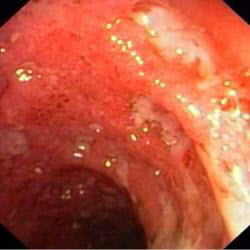
Barium enema examination of this patient before treatment. 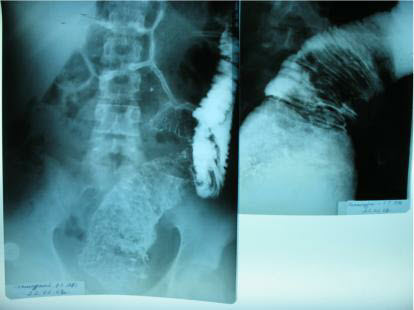
We applied our treatment algorithm, which also included procedures of hydrocolonotherapy. Immediate after two week-
In 6 month -
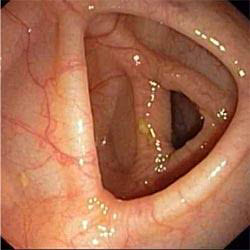
Colon mucosal of this patient after treatment.
